About twelve years ago, I planted a wisteria vine at the northeast corner of my deck and trained it up the support post to the deck roof and across the lanai along the back. Last spring, the wisteria was blooming quite maniacally and putting forth a cloying scent.
Now, in October, the same vines are covered with fat, green, fuzzy pods that are starting to turn brown.
Some plants rely on birds to eat their seeds, carrying them away in their digestive tract to some distant location to deposit along with a healthy dose of "fertilizer." Other plants rely on birds and squirrels to cart their seeds off and stash them in the ground for future reference. The bird or squirrel that planted the seed may return to eat it later, or it might forget the seed, leaving it to sprout into a new oak or walnut tree. Other plants make little airfoils, parachutes, or balloons for their seeds so they may be carried away on the wind. Still others put burs, hooks, or gummy substances on their seeds so that passing animals will pick up the seeds on their coats to be dropped off farther down the trail.
Then there are the plants with spring-loaded, hair-trigger seed pods. Our native winter cress has long, thin seed pods that, when ripe, will explode seeds at the barest touch, flinging the little seeds up to a foot away from the little plant. The California Poppy is the same way.
Then there's the wisteria. When those seed pods are fully ripe, brown, and dry, they pop with a *CRACK* that sounds like small arms fire. And they fire their nickel-sized slugs... er... uh... seeds with such force that it sounds like a BB hitting the patio door. They can fire those suckers to the far end of the yard! My wisteria is growing in the northeast corner of the yard and I found these seeds sprouting on the west side of the house while I was pulling weeds this spring. The sprouts were still line-of-sight to the old pods, but just barely.
The brown, fuzzy, spiral, ribbon-y things are the remnants of a pod that split and fired its rounds at me.
Really, when these things really start firing at my, it's like being at the range. I had told my brother (former Army expert, marksman, sharpshooter) about this a few years ago. But the following fall, he had forgotten about it when he was visiting me. *CRACK* - *PINK!* With a panicked look on his face, he cringed and started to dive for cover... till he saw me calmly staring back at him. He stood fully erect again and said, "That was that plant, wasn't it."
Yep.
This half-pod escaped the vine with one of its seeds still attached. Sometimes the squirrels taste-test the pods, but they always end up leaving the remnants on the ground, unconsumed.
As for this year, the shooting has just started. How rapid they fire depends on the heat and the humidity. Hotter and dryer means they ripen and dry faster and start erupting faster. I also learned that, if the winter is not terribly wet, any unexploded rounds will decide to start exploding during warm spells in the winter and early spring.
So, I'm just starting my season on the firing line.
(To my military friends and family- no they're not nearly as loud as the .22 calibre semi-auto the drug dealer was firing out in the street a couple of years ago. But still... )
Fire and Chaparral - Some Questions
7 years ago
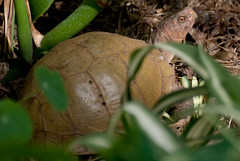









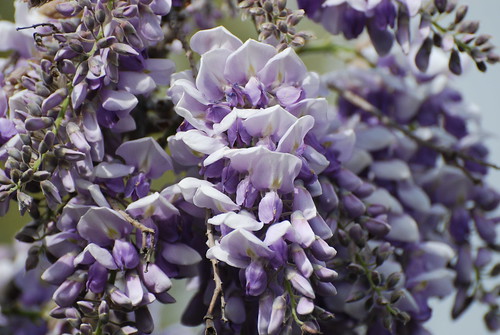
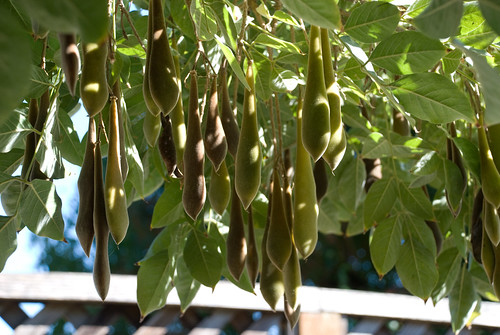
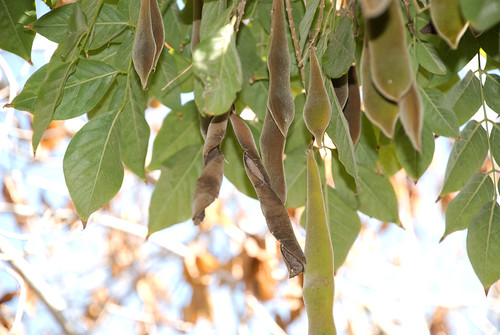
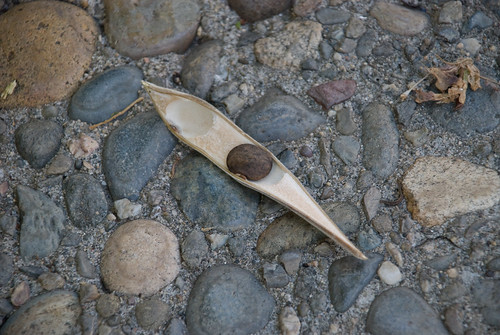
No comments:
Post a Comment